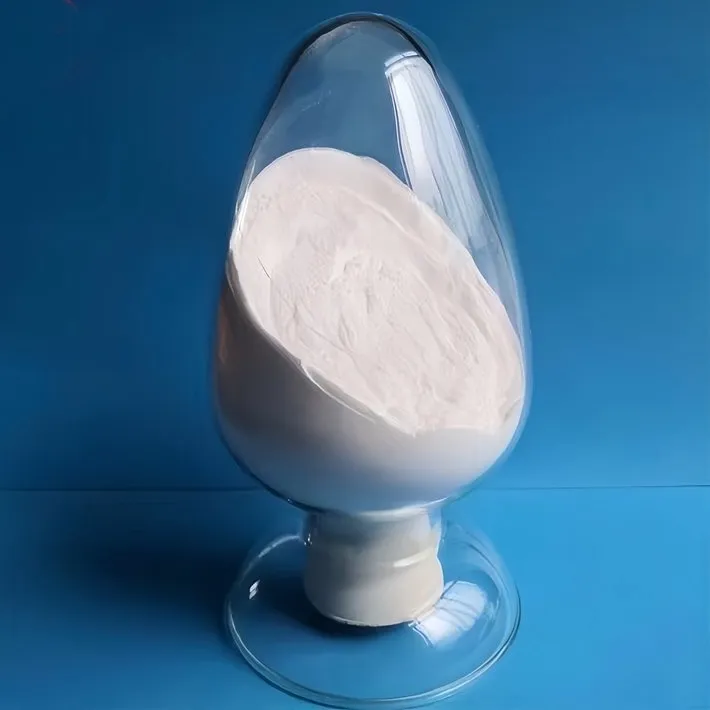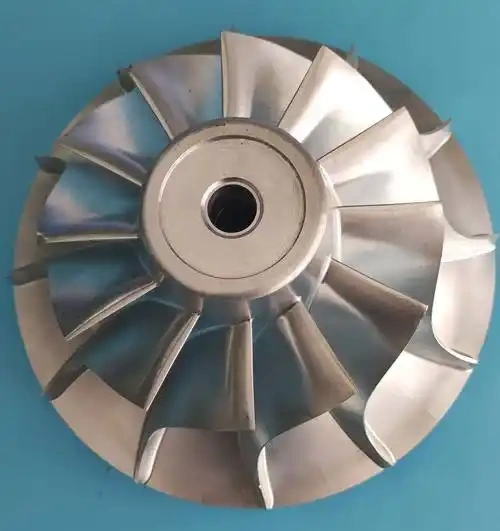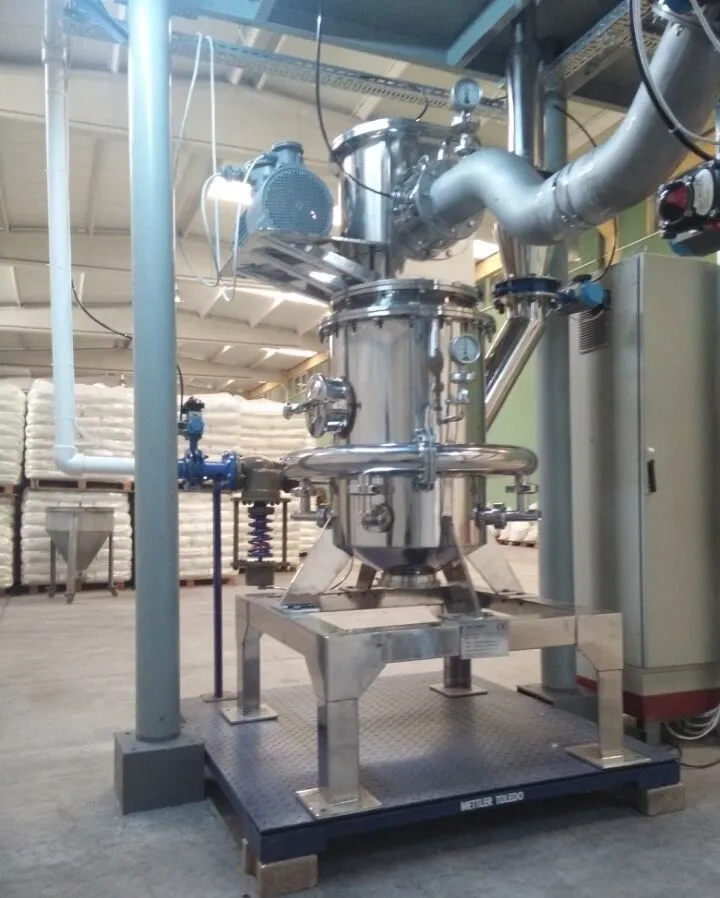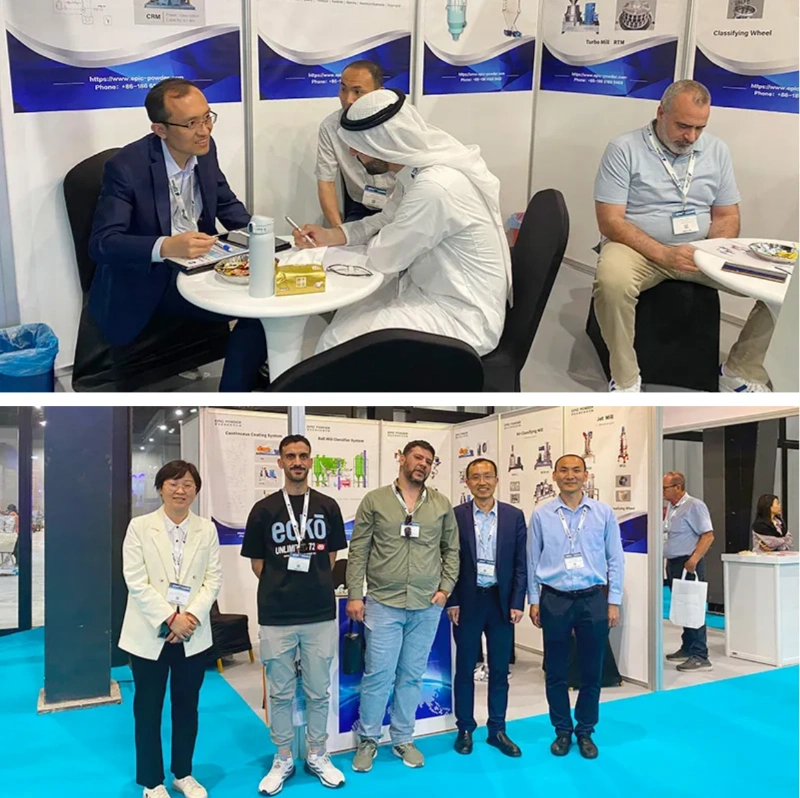У апошнія гады ў вырабе кампанентаў канструкцый самалётаў выкарыстоўваецца вялікая колькасць алюмініевых сплаваў. З-за жорсткіх умоў эксплуатацыі і зменных або ўдарных нагрузак кампаненты з алюмініевых сплаваў часта схільныя да зносу, карозіі і расколін. Таму попыт на новыя тэхналогіі для хуткага і эфектыўнага рамонту няспраўнасцяў кампанентаў вельмі актуальны. Розныя тэхналогіі напылення паказалі унікальныя перавагі ў рамонце кампанентаў канструкцый самалётаў. Высокая чысціня. керамічны парашок аксіду алюмініюДзякуючы сваім выдатным уласцівасцям, шырока выкарыстоўваецца ў тэхналогіях рамонту напыленнем. Ён выкарыстоўваецца для рамонту тыповых няспраўных кампанентаў самалётаў. Таму даследаванні па вытворчасці і ўжыванні высакаякаснага парашка аксіду алюмінію маюць вялікае значэнне.

Тэхналогія рамонту керамічнага парашка з высокачыстага аксіду алюмінію ў асноўным абапіраецца на розныя метады распылення. Тэхналогія распылення (апрацоўка паверхні) стварае спецыяльныя рабочыя паверхні на распаўсюджаных матэрыялах. Яна забяспечвае каразійную ўстойлівасць, зносаўстойлівасць, цеплаізаляцыю, праводнасць, устойлівасць да акіслення, абарону ад мікрахвалевага выпраменьвання і ізаляцыю. Распаўсюджаныя метады ўключаюць халоднае напыленне, тэрмічнае напыленне і іншыя, якія маюць унікальныя перавагі пры рамонце некаторых кампанентаў самалётаў.
Халоднае апырскванне Керамічны парашок аксіду алюмінію рамонт канструкцыйных пашкоджанняў самалёта
Тэхналогія халоднага напылення адносіцца да працэсу, пры якім металічныя часціцы не плавяцца, а паскараюцца вышэй за крытычную хуткасць сціснутым паветрам. Часціцы дэфармуюцца і непасрэдна асядаюць на паверхні падкладкі, утвараючы пакрыццё.
Парашкі-спрэй ад прастуды ўтрымліваюць сумесь алюмінію і парашкі аксіду алюмінію, чысты алюмініевы парашок і агульныя змешаныя парашкі на аснове нікеля (у тым ліку нікель і аксід алюмінію).
Пры рамонце дэталяў самалётаў парашок з сумессю алюмінію і аксіду алюмінію можна хутка нанесці. Пасля рамонту трываласць злучэння паміж дэталлю і пакрыццём добрая (больш за 35 МПа), а цвёрдасць — вышэй за 46 HB. Парашок таксама добра апрацоўваецца і можа выкарыстоўвацца для рамонту сталі, алюмінію, магнію і іх сплаваў.

Тэрмічнае напыленне керамічнага парашка аксіду алюмінію для рамонту канструкцыйных пашкоджанняў самалётаў
Тэрмічнае напыленне ў асноўным выкарыстоўвае крыніцы цяпла, такія як полымя, электрычныя дугі і плазму, для нагрэву распылянага матэрыялу да расплаўленага або напаўрасплаўленага стану. Затым часціцы паскараюцца і сутыкаюцца з падкладкай, утвараючы пакрыццё. У параўнанні з іншымі працэсамі апрацоўкі паверхні, тэрмічнае напыленне мае больш шырокі дыяпазон распыляемых матэрыялаў. Высокая зносаўстойлівасць тэрмічнага напылення можа эфектыўна кампенсаваць недахопы алюмініевых сплаваў, такія як нізкая цвёрдасць, нізкая зносаўстойлівасць і хуткі разбурэнне пры пашкоджанні.
Аксіды (напрыклад, керамічны парашок аксіду алюмінію) і нітрыды ў пакрыццях, нанесеных тэрмічным напыленнем, могуць павялічыць цвёрдасць пакрыцця і палепшыць зносаўстойлівасць. Сітаватасць пакрыцця таксама ўтрымлівае змазвальную плёнку і можа ўтрымліваць смецце, якое ўтвараецца ў выніку зносу. Гэта дапамагае падтрымліваць чысціню кантактных зон і памяншае трэнне.
Кірунак даследаванняў пакрыцця аксідам алюмінію
Алюмінакерамічныя пакрыцці маюць высокую цвёрдасць, выдатную зносаўстойлівасць і хімічны стабільнасць, што робіць іх прыдатнымі для экстрэмальных умоў, такіх як знос пры высокіх тэмпературах і карозія. Яны сталі перспектыўным матэрыялам для пакрыццяў. Аднак керамічныя пакрыцці па сваёй прыродзе далікатныя і маюць значную розніцу ў каэфіцыенце цеплавога пашырэння ў параўнанні з металічнай асновай. Пры вялікіх нагрузках, ударах або трэнні керамічныя пакрыцці схільныя да расколін, што абмяжоўвае іх характарыстыкі і скарачае тэрмін службы. Таму ўмацаванне керамічных пакрыццяў з'яўляецца ключавым напрамкам даследаванняў у галіне інжынерыі паверхняў.
Каб дасягнуць лепшых характарыстык, задаволіць патрабаванні выкарыстання і падоўжыць тэрмін службы пакрыцця, намаганні прыкладаюцца ў трох напрамках: распыляльны парашок, склад пакрыцця і структура пакрыцця. У прыватнасці, распыляльныя парашкі ўдасканальваюцца ад мікроннага да нанамаштабу. Склад пакрыццяў развіваецца ад аднафазных аксід алюмінію да шматкампанентных кампазітных пакрыццяў. Структуры пакрыццяў пераходзяць ад аднаслаёвых пакрыццяў з аксіду алюмінію да шматслаёвых і градыентных пакрыццяў. Дзякуючы напружанай працы даследчыкаў, пакрыцці з аксіду алюмінію цяпер шырока выкарыстоўваюцца ў многіх галінах.
Перспектывы керамічных парашкоў аксіду алюмінію
З развіццём навукі і тэхналогій тэхналогія распылення патрабуе больш высокіх патрабаванняў да парашка памер часціц, чысціня, аднастайнасць, дысперснасць і цякучасць. Попыт на ультратонкі парашок аксіду алюмінію высокай чысціні таксама расце. У цяперашні час айчынныя парашкі ўсё яшчэ не могуць параўнацца па прадукцыйнасці з імпартнымі высакаякаснымі парашкамі. Таму вывучэнне эфектаў рамонту аксіду алюмінію керамічныя парашкі Выкарыстанне розных памераў (мікронных, субмікронных і нанамаштабных) у якасці напыляемых матэрыялаў мае вырашальнае значэнне. Таксама важна праводзіць спецыяльныя даследаванні для задавальнення патрабаванняў да якасці рамонту розных структурных кампанентаў.

Эпічны парашок

Эпічны парашок, больш за 20 гадоў вопыту работы ў прамысловасці ультратонкага парашка. Актыўна садзейнічаць будучаму развіццю звыштонкага парашка, засяродзіўшы ўвагу на працэсе драбнення, памолу, класіфікацыі і мадыфікацыі звыштонкага парашка. Звяжыцеся з намі для бясплатнай кансультацыі і індывідуальных рашэнняў! Наша каманда экспертаў імкнецца прадастаўляць высакаякасныя прадукты і паслугі, каб максымізаваць каштоўнасць вашай апрацоўкі парашка. Epic Powder—Ваш надзейны эксперт па апрацоўцы парашка!
